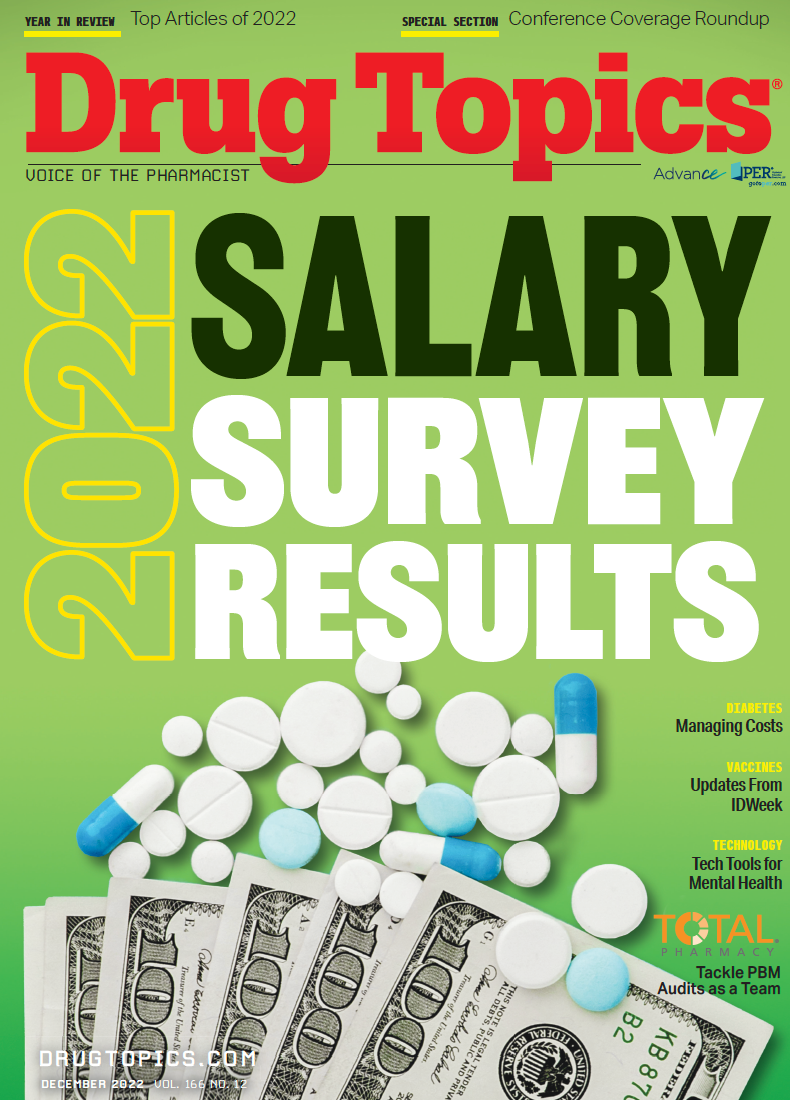How Drug Shortages Are Prevented by the FDA
With supply chain issues impacting many industries, drug shortages have occurred. How does the FDA address them?
The US Food and Drug Administration (FDA) has been tackling the drug shortage through its Drug Shortage Staff (DSS), which was outlined by Hyun Son, PharmD, at the American College of Rheumatology (ACR) Convergence 2022.
The DSS is an office within the FDA made to manage and resolve drug shortage situations, bringing safe and effective drugs to patients. Tasks of the DSS include creating short- and long-term strategies to combat drug shortages, making decisions that fully account for risks and benefits, and distributing information.
Key communication occurs between the DSS and other groups to manage drug shortages. The DSS receives information on disruptions to drug distribution from manufacturers, and provides shortage information to pharmacists, patients, providers, researchers, and other US agencies. Important information is also exchanged between the DSS and international authorities.
According to Son, early notification is key to preventing and mitigating drug shortages. Products should be prioritized if they are medically necessary, with the risks and benefits of the drugs considered. The DSS works to maintain availability while minimizing risks to patients and works with firms to address problems.
Son discussed the “FDA toolbox,” a set of guidelines the DSS follows when managing drug shortages. These include making other suppliers aware of potential shortage concerns, encouraging firms to look at demand and supply, and maintaining regulatory discretion.
The FDA toolbox also outlines expedited review of company proposals, listing proposals such as new manufacturing site, increased expiry date, new raw material source, and changes in specifications. Changes in importation from other countries was also discussed, using triamcinolone hexacetonide injection as an example.
According to Section 506C of the Federal Food, Drug, and Cosmetic Act and FDA regulations, manufacturers must notify the FDA of permanent discontinuation of a drug or interruption of manufacturing that will cause a supply disruption. This notification should come at least 6 months in advance regardless of market share and is not limited to medically necessary products.
Notifications that must be sent to the DSS include plans for upgrades, manufacturing issues, raw material batch failures, and product quality issues. Individuals in the public marketplace can also send the DSS notifications on shortages through their public email, drugshortages@fda.hhs.gov.
The DSS also receives information on current inventory, production plans, and distribution data from manufacturers. This data is used to estimate the supply gap, and has led to many prevented drug shortages, including over 150 in 2020.
The drug supply chain as outlined by Son went from suppliers, to manufacturers, to wholesalers, to pharmacies and hospitals, and to patients and health care providers. Interruptions generally occur at the wholesale level.
In 2011, shortages peaked at 251, then decreased through 2016. In 2020, there were 43 new shortages. Son noted that these shortages could occur for months or years depending on precipitating events.
While the FDA works closely with manufacturers to address problems, it cannot require a company to make a drug, a company to make more of a drug, or how much a drug is distributed. Instead, the FDA can require notifications by manufacturers on supply disruptions, delays, discontinuations, and certain manufacturing changes.
Son stated that shortages in 2020 were mainly because of COVID-19. To combat the pandemic, the DSS has continued early outreach to manufacturers. The FDA has also posted guidance on COVID-19 and has granted Emergency Use Authorizations to certain drugs.
Efforts have also been made to assist manufacturers during a shortage, such as expedited approvals to increase production and temporary extended use of distributed lots near expiration. According to Son, these efforts prevented 199 shortages in 2020.
Industry can also support the prevention and mitigation of drug shortages. This involves placing safeguards to combat vulnerabilities of their supply chain and early communication about possible shortages. When a shortage is unavoidable, shortage information can be posted on the FDA website.
The FDA has also introduced the CARES Act, which requires prioritized risk management plans (RMPs) from manufacturers of drug products that are life-supporting, life-sustaining, or made to prevent debilitating conditions. RMPs allow strategies to be implemented which can prevent supply disruptions.
This article originally apppeared on Contemporary Pediatrics.
Reference
Son, H. FDA: Pediatric Update. Presented at: ACR Convergence 2022, Philadelphia, Pennsylvania. November 11 to November 14, 2022.
